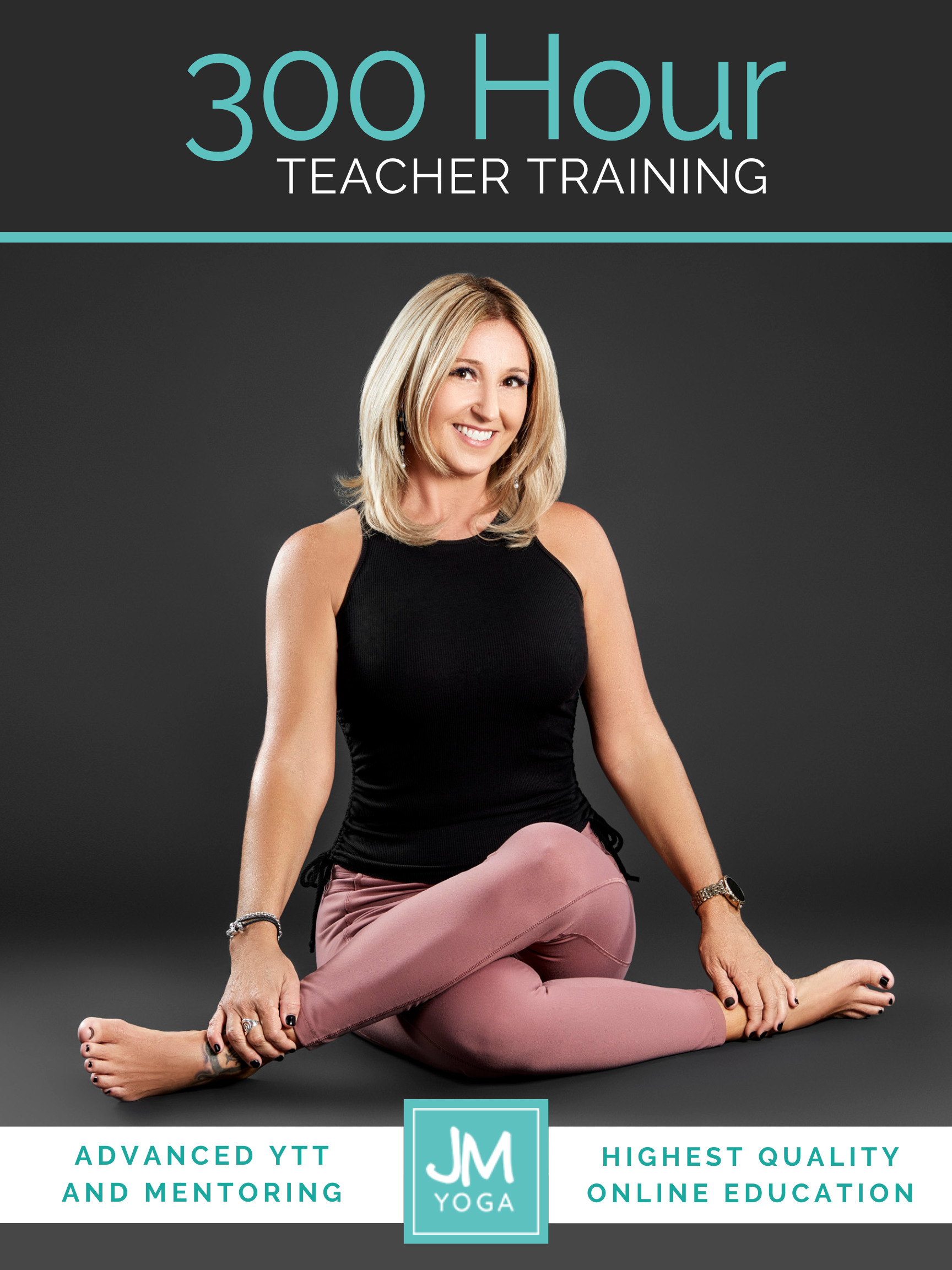This blog post is part of a 5-part email campaign I sent out in January 2022.
I suggest you read them in order:
#1 What’s missing from yoga?
#2 Nothing is missing from yoga.
#3 The one cue you could lay to rest.
#4 Yoga isn’t going anywhere.
#5 Yoga may not be a magic pill.
Yoga isn’t going anywhere and students should want yoga now more than ever.
Yoga has been a regular part of my life for over 25 years, during which time my practice has dramatically changed, and my teaching style has evolved, primarily as a result of my graduate work in biomechanics.
After years of teaching anatomy for yoga teacher training programs, I discovered the answers to most yoga teacher’s questions (and mine) in the body of research encompassing yoga, biomechanics, stretching, exercise science, pain science, and motor control theory. Luckily, you don’t need a graduate degree, you just need the guidance and mentorship from someone who does have one.
So, when I was asked the question on that podcast, “What’s missing from yoga?” I knew I needed to change this false narrative that has taken over.
I shared with you the moment I was transformed by yoga with hopes that it would re-inspire your love for the practice, and hundreds of you did the same for your students. It worked. I’ve seen your posts and read your messages of appreciation for encouraging you to share. These feelings are contagious and will lead to more students showing up. You’re sharing your love for the practice and as a result, they’ll return to their mats. I can feel the tides turning. The narrative is shifting. But the responsibility we take on as teachers never ends. My work is based entirely on this fact.
Why I teach biomechanics to yoga teachers
Today, my 300hour yoga teacher training and other continuing education programs tend to focus on exercise science principles, evolutionary anatomy, motor skill development, movement theory, and pain education. The knowledge you get from these fields of study is what empowers you to let go of correcting your students and fixing yoga. It gives you the confidence to show up as more than a glorified aerobics instructor with a good playlist. It eradicates the boredom associated with teaching the same poses and sequences off the same script. It provides you with infinite approaches to teaching the same poses so they are always novel and underpinned by a sense of curiosity and awe.
The yoga practice that captured you was enough, and that same practice is still enough to capture your students.
I don’t want you to be influenced by the attention-grabbing swinging pendulum that plagues yoga’s reputation. I don’t want you to buy into the message that you aren’t enough if you don’t make yoga better or that you’re not a good enough teacher if you don’t voice the limitations of the practice. I want you to grasp essential biomechanical principles, consider the research, challenge your biases, and make evidence-based decisions. This position eliminates your insecurities and motivates you to show up with informed uncertainty, making it easy to communicate the realistic benefits of the practice. This is how you can reach your student base.
We’ve already established yoga isn’t going anywhere, so your efforts should be on reaching more students. It’s a good time to get clear on how you talk about yoga and the message your classes and social media posts deliver. It does help to take actionable steps to educate yourself in the face of the fads, the noise, and the misinformation. When students sense that the effects of taking your classes are simple and within reach, they’ll want to show up more often.
When they show up more often, you’ll have more opportunities to help them feel better – at a time when people need yoga more than ever.
Are you still with me? If you are, here’s what you should have done so far:
- Shared with your audience how you were transformed by yoga.
- Sent a needless cue to the graveyard.
How is it going for you? I’d love to hear from you.
Extend Your Learning: Advanced Yoga Teacher Training with Jules Mitchell
This program is ideal if you have an interest in biomechanics, principles of exercise science, applications of pain science, neurophysiology, and stretching. These themes are combined with somatics, motor control theory, pose analysis and purpose, use of props for specific adaptations, pathology, restorative yoga, and intentional sequencing.
You will learn to read original research papers and analyze them for both their strengths and their biases. Critical thinking and intellectual discourse are central components in this training, which was designed to help teachers like you navigate through contradictory perspectives and empower you with education. Learn more >

